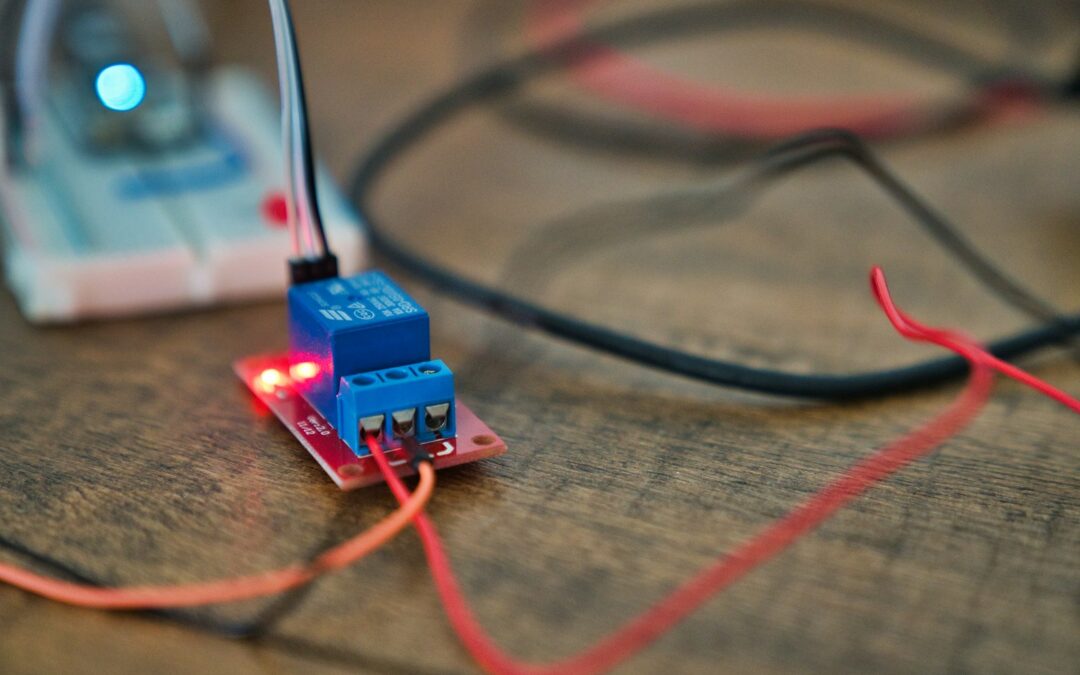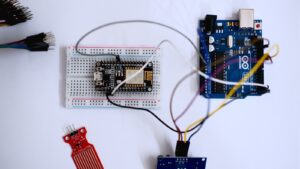The Risks of Insecure Firmware in IoT Systems
Understanding Insecure Firmware and Its Impact
The presence of insecure firmware in IoT deployments represents a significant threat to the security and functionality of these systems. Firmware is the software that provides low-level control for a device’s hardware, and it is essential for the proper operation of IoT devices. When firmware is insecure, it opens the door to a myriad of vulnerabilities that can be exploited by malicious actors. In regions like Saudi Arabia and the UAE, where IoT technology is rapidly being adopted in smart city projects and industrial applications, the implications of insecure firmware are profound. Compromised firmware can lead to unauthorized access, data breaches, and disruption of critical services, undermining the trust in IoT systems and potentially causing significant financial and reputational damage.
Common Vulnerabilities in IoT Firmware
Several common vulnerabilities are often found in IoT firmware, making devices susceptible to attacks. These include hardcoded passwords, lack of encryption, inadequate authentication mechanisms, and insufficient firmware updates. Hardcoded passwords are particularly problematic as they provide an easy entry point for attackers if they become known. Lack of encryption can result in data being transmitted in plain text, which can be intercepted and read by unauthorized parties. Insufficient authentication mechanisms may allow attackers to gain control over devices without proper credentials. Moreover, inadequate or irregular firmware updates can leave devices exposed to known vulnerabilities that have been patched in later versions. Addressing these vulnerabilities is crucial for enhancing the security of IoT deployments in cities like Riyadh and Dubai.
The Consequences of Firmware Exploits
The exploitation of insecure firmware can have severe consequences for IoT systems. Attackers can leverage these vulnerabilities to launch a variety of attacks, including data theft, device manipulation, and denial-of-service (DoS) attacks. In critical infrastructure sectors such as energy, healthcare, and transportation, these attacks can disrupt essential services and pose serious safety risks. For example, in the UAE’s smart grid systems, an attack on insecure firmware could result in widespread power outages, affecting both residential and commercial sectors. In the healthcare industry, compromised medical devices could lead to incorrect treatments or unauthorized access to sensitive patient data. The financial implications of such attacks are also significant, with potential losses running into millions of dollars due to downtime, data loss, and recovery efforts.
Mitigating the Risks of Insecure Firmware in IoT
Best Practices for Securing IoT Firmware
To mitigate the risks associated with insecure firmware, businesses and organizations must adopt best practices for securing IoT firmware. This includes implementing robust encryption methods to protect data, ensuring that devices require strong authentication for access, and regularly updating firmware to address known vulnerabilities. Additionally, conducting thorough security assessments and penetration testing can help identify and remediate potential weaknesses in firmware before they can be exploited. In Riyadh and Dubai, where IoT technology is integral to smart city initiatives, adhering to these best practices is essential for maintaining the integrity and security of IoT systems. By prioritizing firmware security, businesses can protect their assets, maintain user trust, and avoid the costly consequences of security breaches.
The Role of AI and Machine Learning in Firmware Security
Artificial Intelligence (AI) and Machine Learning (ML) can significantly enhance the security of IoT firmware. These technologies can be used to detect anomalies and potential threats in real-time, enabling proactive responses to security incidents. AI-driven security solutions can analyze vast amounts of data from IoT devices to identify patterns and predict potential attacks, allowing for timely interventions. In the UAE’s industrial sector, for example, AI-based security systems can monitor IoT networks for unusual activity that may indicate a firmware exploit attempt. By integrating AI and ML into IoT security strategies, businesses can improve their ability to detect and respond to threats, ensuring the ongoing protection of their IoT deployments.
The Importance of Leadership and Executive Coaching in IoT Security
Effective leadership and project management are crucial for implementing robust IoT security measures, including securing firmware. Executive coaching services can help leaders develop the skills and knowledge needed to oversee complex IoT security projects and make informed decisions about technology investments. In regions like Saudi Arabia and the UAE, where the adoption of IoT technology is a key economic driver, strong leadership is essential for navigating the challenges of IoT security. Executive coaching can provide valuable insights into best practices, risk management, and strategic planning, enabling leaders to effectively manage IoT security initiatives and ensure the resilience of their IoT systems. By focusing on leadership development, businesses can enhance their ability to protect against firmware vulnerabilities and achieve long-term success in their IoT deployments.
Conclusion
The presence of insecure firmware in IoT deployments poses significant risks to the security and functionality of these systems. Understanding the common vulnerabilities and potential consequences of firmware exploits is crucial for businesses and organizations adopting IoT technology. By implementing best practices for firmware security, leveraging AI and ML technologies, and fostering strong leadership through executive coaching, businesses in Saudi Arabia, the UAE, and beyond can mitigate these risks and ensure the resilience and reliability of their IoT systems. Prioritizing firmware security is essential for maintaining user trust, protecting critical assets, and achieving long-term success in the rapidly evolving landscape of IoT technology.
—
#IoTSecurity #InsecureFirmware #Cybersecurity #IoTVulnerabilities #ModernTechnology #SaudiArabia #UAE #AIIntegration #BusinessSuccess #ExecutiveCoaching #ProjectManagement













